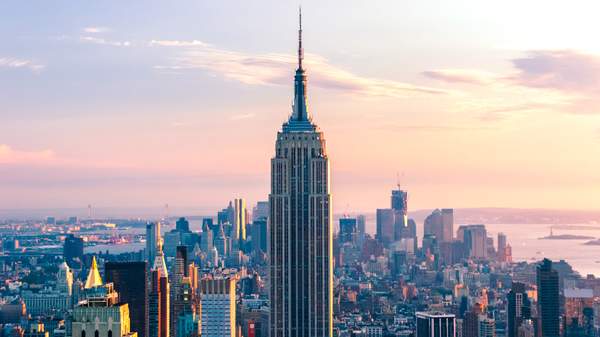Overview
Come 2026, almost a decade will have passed since Qantas proposed changing the way that Australians travel to two of the world's biggest cities — and most-popular holiday destinations — from the east coast. That plan: Project Sunrise, the initiative that's making non-stop flights from Sydney to London and New York a reality. It was first announced in 2017, ran trial flights in 2019 and has undergone delays since, including moving a 2025 start date to mid-2026.
With its launch date now just two years away, Qantas is speeding ahead with the lengthy journeys, which'll join the Perth-to-London flights that began in 2018. (From Western Australia, the carrier also boasts straight-to-Rome routes, and just implemented Perth-to-Paris legs as well.) If spending all of that time on a plane sounds like it'll be an experience — the aircrafts are capable of staying in the air for up to 22 hours — the airline understands. Indeed, part of the Project Sunrise development process has been dedicated to ensuring that passenger wellbeing doesn't suffer, and also working out how to combat jetlag.
Here's one solution, or at least a tactic to help: Qantas has revealed that its 238-person Project Sunrise A350-1000 planes will feature cabin lighting inspired by the Australian landscape, which will cycle through phases to help travellers adapt to the ultra long-haul voyage — and to the time zone when they disembark. The airline has been making the most of Hamburg's Airbus Customer Definition Centre, using a mockup of the A350 cabin to test lighting patterns and sequences, after the University of Sydney's Charles Perkins Centre conducted research during the Project Sunrise test runs on the inflight experience and reducing jetlag.
Those learnings noted that some light spectrums work better to get circadian rhythms adapting. Cue plenty more testing, resulting in 12 lighting scenes for Project Sunrise's trips. Among them: using a broad-spectrum glow enriched with blue hues as an awake setting, which can also be softened; cycling through the tones of the sunset as it turns into a moonlit night, complete with clouds, to get travellers ready to go to sleep; and replicating an Aussie sunrise, starting at the front of the aircraft and rolling out to the back, when it's time to greet either London or NYC. Boarding, taxiing, take-off, sleep, landing and disembarking also have their own lighting modes.
The planes will feature wellbeing zones that'll sport the colours of a daytime sky, clouds and all, when the flight is in its daytime setting. The same space will move to moonlight and water rippling during the journey's evening phase. And for those flush with cash, the enclosed first-class suites will let passengers fully customise their own lighting.
As advised back in 2023, those wellbeing zones on the stopover-free hauls will sit between the 140-seat economy and 40-seat premium economy cabins. Inside, stretch handles and an exercise program guided via screens will get you active, while refreshments will be on offer at the hydration station.
As for the cabins themselves, every seat will have free wifi, USB-C charging ports and also wireless charging and bluetooth connectivity so that you can use your own headphones — and, they'll feature in good news for your body, Qantas' most-generous seat pitches yet, plus ergonomic leg and foot rests.
Qantas' direct flights from Sydney to London and Sydney to New York are set to take to the air in mid-2026. For more information, head to the Qantas website.
